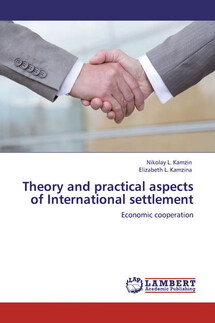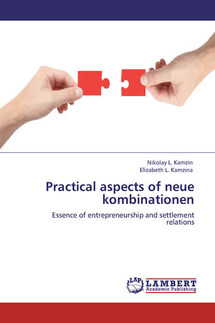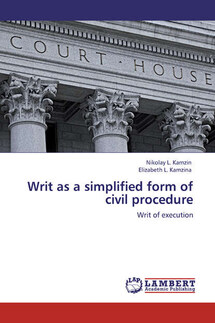The implementation of the economic cycle: freedom, trust, duty - страница 12
Distinguish between fixed and «floating» exchange rates and options, which combine in various combinations of the individual elements of a fixed and «floating» rate. Such a classification of exchange rate regimes generally conformed to the IMF currency division into three groups:
– Currency-bound (to a single currency, «currency basket» or the international monetary unit);
– Currencies with great flexibility;
– Currencies with limited flexibility.
Fixed exchange rate regime
Under the regime of fixed exchange rate the Central Bank sets the exchange rate at a certain level against the currency of any country to which the «tied» the currency of the country, the currency basket (usually it consists of currencies of major trading partners) or to the international monetary one.
Feature a fixed rate is that it remains unchanged for a longer or shorter time (several years or several months), that is not dependent on changes in supply and demand for the currency. Change the fixed rate is a result of its formal review (depreciation – decrease or revaluation – increase).
With a fixed rate the central bank often sets the various courses on individual transactions – treatment of multiple exchange rates. Fixed exchange rate regime is usually installed in countries with rigid exchange restrictions and non-convertible currency.
Mode of the «floating» or floating its currency
This mode is typical for countries where currency restrictions are absent or insignificant. Under such a regime exchange rate changes with relative ease under the influence of supply and demand for the currency. «Demand creates supply», the well-known position, but in complex systems is possible by introducing a second level of innovation in the process, it becomes the source of his self-control and random evolutionary dynamics[34].
Mode «floating» exchange rate does not preclude holding the Central Bank of various measures aimed at regulating the exchange rate. In March 1973 the country switched to floating exchange rates. However, the dominant state-controlled swimming rates.
Intermediate versions of exchange rate regime
For intermediate between a fixed and «floating» exchange rate regime options are:
– Mode «sliding lock», in which the Central Bank sets the exchange rate daily based on certain factors: inflation, balance of payments, changes in the value of official gold reserves, etc.;
– Mode of «currency corridor» in which the central bank sets the upper and lower limits of the exchange rate variations. Mode «currency corridor» as a mode called «soft commit» (if set narrow limits of variation) and the mode of «managed float» (if the corridor is wide enough). The wider «corridor», the more the movement of the exchange rate corresponds to the actual ratio of market supply and demand for currency[35];
– The mode of «co» or «collective diving» rates, which rates countries – members of the group supported the currency in relation to each other within the «currency corridor» and «swim together» around the office, outside the group.
The development of the exchange rate regime of the ruble in Russia. After the entry of Russia in 1992, the IMF, the Central Bank refused treatment of multiple exchange rates and imposed a regime of «floating» exchange rate. Since mid-1995 mode of the «floating» exchange rate regime was replaced by «currency corridor». In 1995-1997 The Bank of Russia established the absolute values of the upper and lower bounds on the exchange rate variations, and later introduced «horizontal trading band» with a central rate of the ruble to the U.S. dollar to possible deviations from it within certain limits. This «corridor» has been extended August 17, 1998, and since September 1998 exchange rate is set to «free float».









